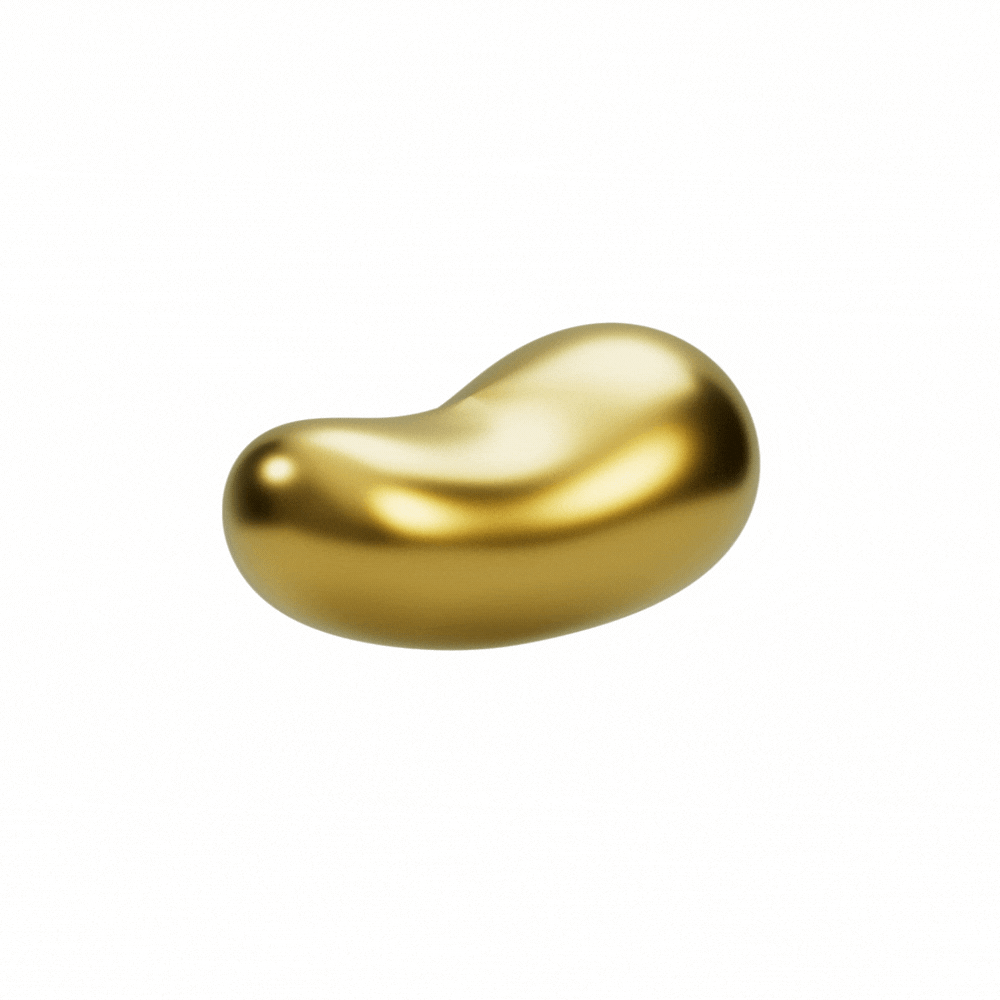Emma Hapner
Emma Hapner studied at the New York Academy of Art to receive her Master’s of Fine Arts with a concentration in painting. Originally from Indiana, she received her Bachelor’s of Fine Arts from Ball State University. Hapner works primarily in oil paint on canvas to create figurative works, reclaiming the language of classical painting from a woman’s perspective. She views the color pink as a symbol of unapologetic femininity, painting her figures in pink worlds and drawing inspiration from motifs of classical antiquity to celebrate traditional painting through her lens: a woman seeking to understand the intricacies of womanhood.
Collect Bean: What does growth mean to you?
Emma Hapner: To me, growth is all about change, both embracing positive change in your life and accepting the things that cannot be changed. You have to adapt to your environment in order to flourish.
Collect Bean: If you had to describe your work in only three words, what would they be?
Emma Hapner: Definitely, pink, girly, and powerful!
Collect Bean: Where are you currently finding inspiration?
Emma Hapner: I always look to art history first for inspiration and try to find compositions that really grab my attention. I especially love works from the Mannerist and Pre-Raphaelite movements. Next, I look to my own experiences, especially those specific to girlhood and the feminine experience, and tie those into pop culture moments happening now. Trends in fashion, music, and cinema are always really inspiring! I’m also currently re-reading “Alias Grace” by Margaret Atwood, and her ideas about how people perceive women and how this affects the trajectory of their lives are interesting and feel very relevant to my current work.
Collect Bean: What does your painting process look like from start to finish?
Emma Hapner: I always start by searching for ideas, looking for inspiration, and when an image comes to me, I start by taking reference photos. I do a lot of self-portraiture, so this usually involves the front camera on my phone and a timer. Then, I put those images into Photoshop and sometimes combine multiple figures into one image, distort the figures, add an idea for a background, and play around with the color and saturation. Next, I do a drawing based on my digital collage, either on paper or directly onto the canvas. To start the actual painting part, I use a fluorescent pink acrylic mixed with gesso to get a bright pink base, and I use a wash of quinacridone red to sketch out the basic composition and fill in shadows. From there, I shift to a full palette, which varies between paintings. I almost always start with all the skin tones first and then fill in everything else.
Collect Bean: What role does color play in your practice?
Emma Hapner: This is my favorite question! Color plays a huge role in my practice! My work centers around the color pink and its symbolic association with women. Conventionally, soft pink has been a color for little girls, but in my work, I use more intense shades of quinacridone red, magenta, and fluorescent pink to embrace both sensuality and power. Embracing my love of the color pink, both in my paintings and in self-expression through dying my hair pink, has been so important to me as a woman, growing into my own femininity, and as an artist creating a brand for myself that I am truly passionate about.

